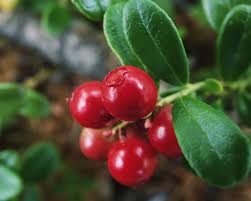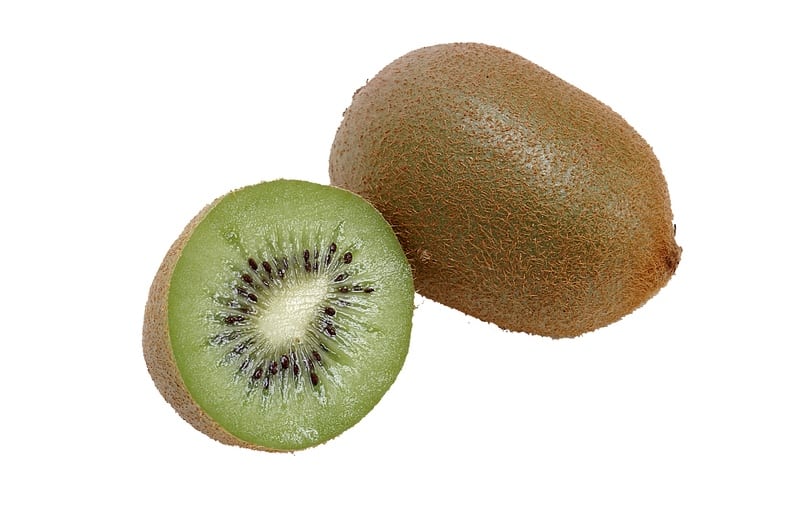The lemon is both a small evergreen tree native to Asia, and the tree’s oval yellow fruit. The fruit is used for culinary and nonculinary purposes throughout the world primarily for its juice, though the pulp and rind (zest) are also used, mainly incooking and baking. Lemon juice is about 5% to 6% (approximately 0.3 M) citric acid, which gives lemons a sour taste, and a pH of 2 to 3. This makes lemon juice an inexpensive, readily available acid for use in educational science experiments. Many lemon-flavored drinks and candies are available, including lemonade and sherbet lemons. The distinctive sour taste of lemon juice makes it a key ingredient in many dishes across the world.
The exact origin of the lemon has remained a mystery, though it is widely presumed that lemons first grew in India, northern Burma, and China. In South and South East Asia, it was known for its antiseptic properties and it was used as an antidote for various poisons. Lemons entered Europe (near southern Italy) no later than the 1st century AD, during the time of Ancient Rome. However, they were not widely cultivated. It was later introduced to Persia and then to Iraq and Egypt around AD 700. The lemon was first recorded in literature in a 10th century Arabic treatise on farming, and was also used as an ornamental plant in early Islamic gardens. It was distributed widely throughout the Arab world and the Mediterranean region between AD 1000 and AD 1150. The genetic origin of the lemon, however, was reported to be hybrid between sour orange and citron.
The first substantial lemon cultivation in Europe began in Genoa in the middle of the 15th century. It was later introduced to the Americas in 1493 when Christopher Columbus brought lemon seeds to Hispaniola along his voyages. Spanish conquest throughout the New World helped spread lemon seeds. It was mainly used as ornament and medicine.In the 18th and 19th centuries, lemons were increasingly planted in Florida and California, when lemons began to be used in cooking and flavoring.
In 1747, James Lind’s experiments on seamen suffering from scurvy involved adding vitamin C to their diets with lemon juice.
The etymological path of the word lemon suggests a Middle Eastern origin. One of the earliest occurrences of “lemon” is found in a Middle English customs document of 1420–1421, which draws from the Old French limon, thence the Italian limone, from the Arabic laymūn or līmūn, from the Persian līmūn.
Lemon – The king of citrus fruits and essential in Mediterranean cookery. Southern Italy is particularly famous for cooking with lemons.
Benefits of Lemon
1. Lemon act as blood purifier and improves the body’s ability to get rid of toxins.
2. Lemon fruit is excellent in fighting disease that’s related to infection.
3. Buy lemon to get rid of certain insects. It’s mother nature’s version of insecticides and will help to repel mosquitoes and flies
4. Some people love antiseptics and would apply it to their skin whenever they have the smallest cut. The good news is you can use lemon on cuts too since it’s nature’s antiseptics. Not only that, because of its styptics property, it is said that lemon could be applied on cuts to stop bleeding.
5. Drinking lemon juice is useful for people with heart problem – because of its high potassium content
Maximising the benefits
Limonoids and limonene are found in the whole lemon – pith and peel included. It is therefore best to make use of the whole lemon.

